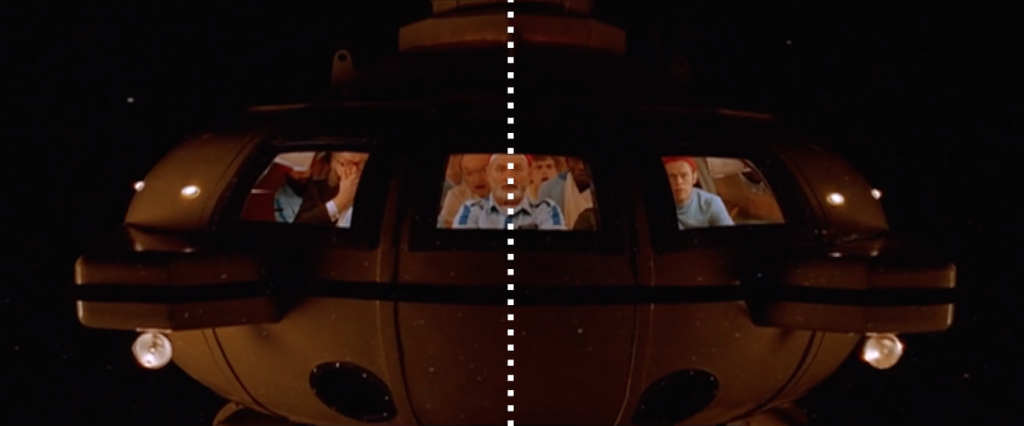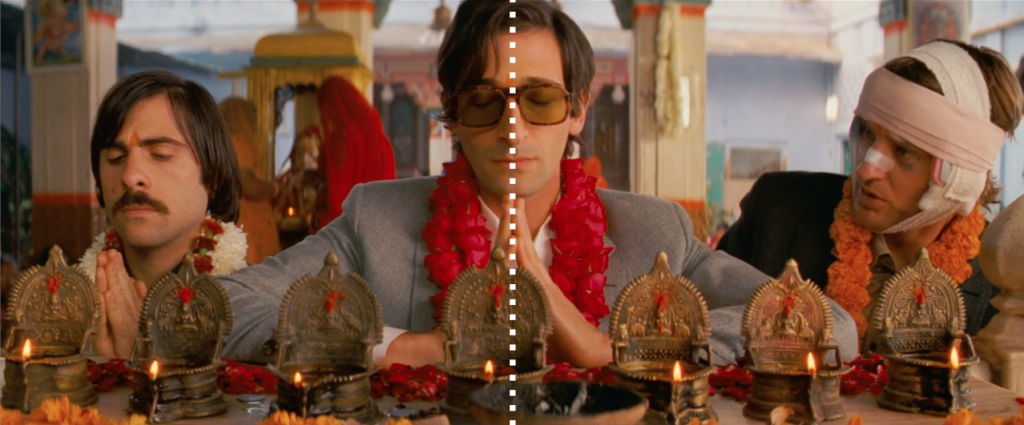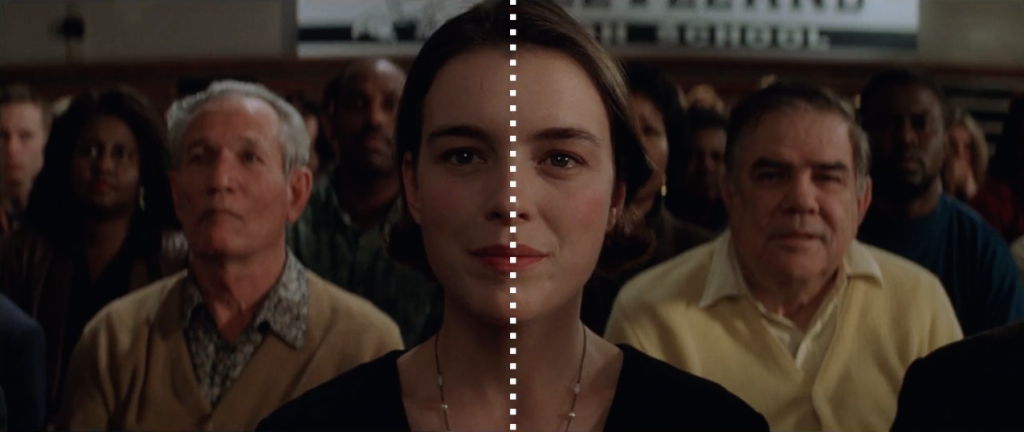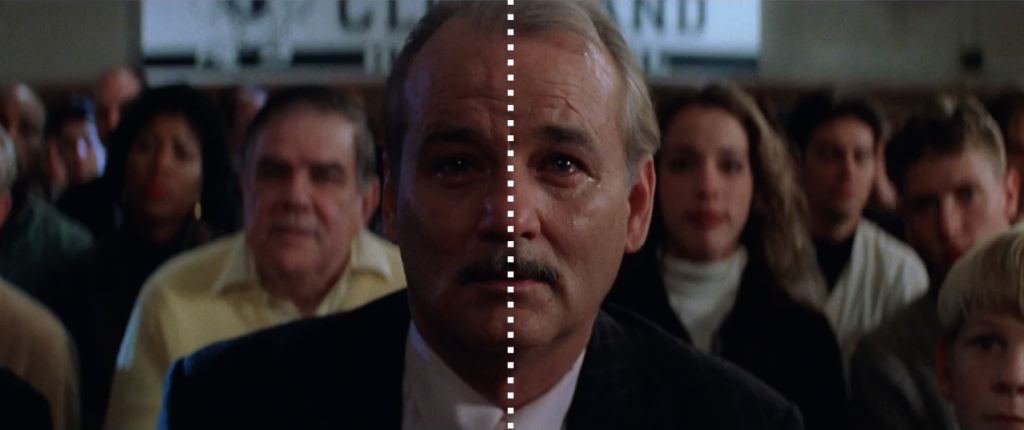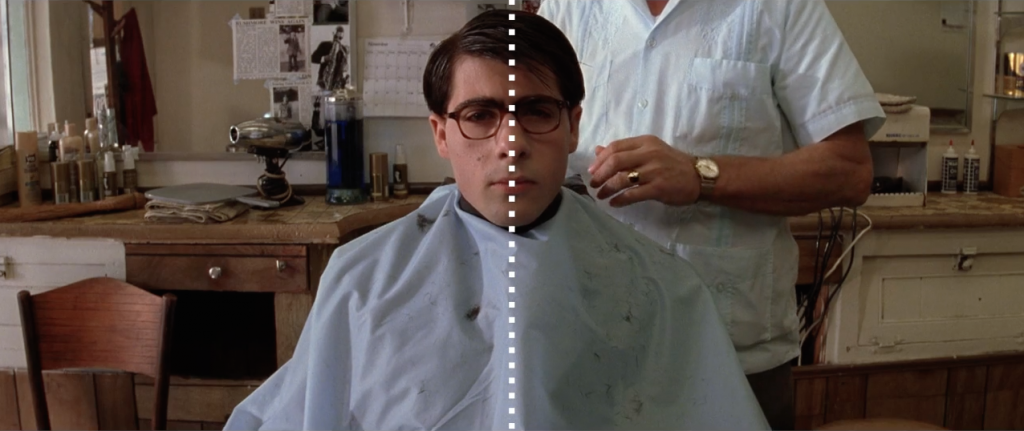If you’ve watched more than one Wes Anderson movie, you would have noticed a trend that apart from him being a genius, he’s also an obsessive and orderly genius.
The Texan-born director may modestly and humbly attest to the influence of his peers – French music video director Michel Grondry (Be Kind Rewind, Eternal Sunshine Of The Spotless Mind, The Science Of Sleep, Tokyo!: Interior Design) and skateboard film director Spike Jonze (Being John Malkovich, Adaptation, Her) – but Anderson is in a theatrical class of his own.
He treats his film as if he were opening a book or staging a grand play, putting you, the viewer, right in the weathered leather seats of an ageing Parisian theatre where he constructs stories of troubled and blindly ambitious characters. You are privy to Machiavellian machinations as his heroes and protagonists plan absurdly elaborate yet perfectly structured plots to victory. It’s childlike and wondrous and hopeful.
And like these complex plots as if invented by the minds of children making up their own catch games in the playground, Anderson’s miss en scéne reflects his capers well, each frame and all that pours into it – from ornate, hand-built sets of the Grand Budapest Hotel, to props to wardrobe to colours of undersea adventures of Steve Zissou, all illustrating his ode to vintage and retro aesthetics – are just as wondrously planned with childlike fancy.
There’s a strict order to the whimsical in any Anderson play which one could praise till the jaguar shark comes home, but BFI contributor Kogonada has put together three minutes worth of Anderson’s compulsive order for his miss en scéne – an order that is reflected in his strict attention to symmetry at every pan, track and movement of the camera.
